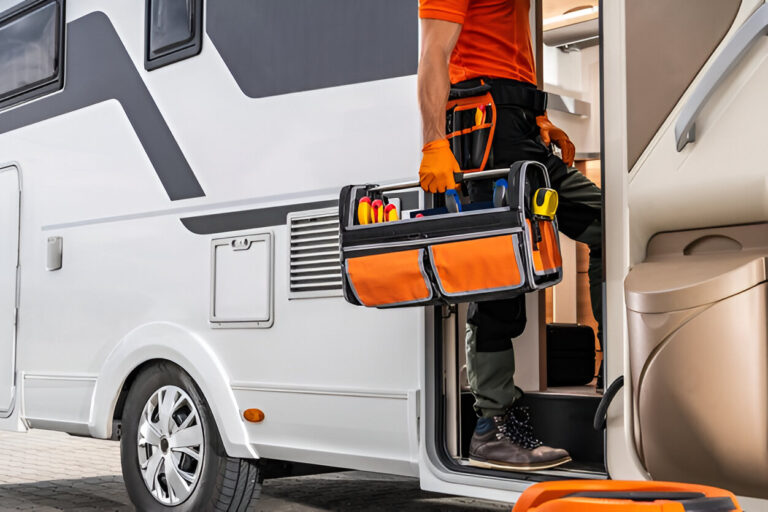When traveling to a Spanish-speaking country, knowing how to communicate effectively can make your journey smoother and more enjoyable. Whether you’re exploring Spain, Mexico, Argentina, or any other Spanish-speaking destination, learning basic phrases and travel-related vocabulary can enhance your experience. This comprehensive guide to travel in Spanish will help you navigate different situations with confidence. For more information visit here :
Why Learn Spanish for Travel?
Spanish is the second most spoken language in the world, with over 460 million native speakers. Learning key phrases related to travel in Spanish can help you:
- Communicate with locals and receive better assistance.
- Navigate transportation like taxis, buses, and trains.
- Order food and drinks without confusion.
- Ask for directions and find places of interest.
- Handle emergencies or unexpected situations.
Even if you are not fluent, knowing essential phrases can make your trip more enjoyable and stress-free.

Essential Travel Phrases in Spanish
1. Basic Greetings and Introductions
- Hola – Hello
- Buenos días – Good morning
- Buenas tardes – Good afternoon
- Buenas noches – Good evening/good night
- ¿Cómo estás? – How are you?
- Mucho gusto – Nice to meet you
- Me llamo… – My name is…
- Soy de… – I am from…
- No hablo mucho español – I don’t speak much Spanish
- ¿Hablas inglés? – Do you speak English?
2. Asking for Directions
- ¿Dónde está…? – Where is…?
- ¿Cómo llego a…? – How do I get to…?
- ¿Está cerca o lejos? – Is it near or far?
- Gire a la derecha – Turn right
- Gire a la izquierda – Turn left
- Siga recto – Go straight ahead
- ¿Cuánto tiempo se tarda en llegar? – How long does it take to get there?
3. Transportation Phrases
- ¿Dónde está la estación de tren/autobús? – Where is the train/bus station?
- ¿Cuánto cuesta un boleto a…? – How much is a ticket to…?
- ¿A qué hora sale el autobús/tren? – What time does the bus/train leave?
- Necesito un taxi – I need a taxi
- ¿Puede llevarme al aeropuerto? – Can you take me to the airport?
- ¿Cuánto cuesta el viaje? – How much is the ride?
4. Accommodation and Hotel Phrases
- ¿Tiene habitaciones disponibles? – Do you have available rooms?
- Quisiera reservar una habitación – I would like to book a room
- ¿Cuánto cuesta por noche? – How much is it per night?
- ¿Incluye desayuno? – Does it include breakfast?
- Necesito una habitación con una cama doble – I need a room with a double bed
- ¿Dónde está el baño? – Where is the bathroom?
5. Ordering Food and Drinks
- ¿Me puede dar el menú? – Can you give me the menu?
- Quisiera pedir… – I would like to order…
- ¿Cuál es la especialidad de la casa? – What is the house specialty?
- ¿Tiene opciones vegetarianas? – Do you have vegetarian options?
- La cuenta, por favor – The check, please
- ¿Se acepta tarjeta de crédito? – Do you accept credit cards?
6. Shopping and Money-Related Phrases
- ¿Cuánto cuesta esto? – How much does this cost?
- ¿Tiene otro color/tamaño? – Do you have another color/size?
- ¿Puedo pagar con tarjeta? – Can I pay with a card?
- ¿Dónde está el cajero automático? – Where is the ATM?
- Quisiera cambiar dinero – I would like to exchange money
7. Emergency Phrases
- ¡Ayuda! – Help!
- Necesito un médico – I need a doctor
- ¿Dónde está el hospital más cercano? – Where is the nearest hospital?
- Llame a la policía – Call the police
- He perdido mi pasaporte – I have lost my passport
- No me siento bien – I don’t feel well
Tips for Traveling in Spanish-Speaking Countries
- Practice Basic Phrases Before You Go
- Even a few words can make a big difference. Use apps like Duolingo or Babbel to practice.
- Use a Translation App
- Google Translate or offline Spanish dictionaries can help in difficult situations.
- Be Polite and Patient
- Even if you struggle, locals appreciate the effort. A smile and polite words go a long way.
- Learn Common Signs and Symbols
- Many signs in Spanish-speaking countries are universal, but recognizing key words like “entrada” (entrance) and “salida” (exit) can help.
- Carry a Phrasebook or Cheat Sheet
- Having a small list of essential phrases on your phone or a piece of paper can be a lifesaver.

Best Spanish-Speaking Destinations to Visit
1. Spain
- Explore the vibrant cities of Madrid, Barcelona, and Seville.
- Enjoy traditional Spanish dishes like paella and tapas.
2. Mexico
- Visit Cancún, Mexico City, and Oaxaca for cultural experiences.
- Discover ancient Mayan ruins and beautiful beaches.
3. Argentina
- Explore Buenos Aires, known for its tango and delicious steaks.
- Visit Patagonia for breathtaking landscapes.
4. Peru
- Hike to Machu Picchu and explore the Amazon rainforest.
- Experience the rich history of the Inca civilization.
5. Colombia
- Enjoy the vibrant culture of Bogotá and Medellín.
- Relax on the Caribbean beaches of Cartagena.
Conclusion
Learning Spanish can significantly enhance your travel experience. Whether you’re ordering food, asking for directions, or engaging in small talk with locals, understanding travel in Spanish will make your journey easier and more enjoyable.
By practicing common phrases and using helpful tools like translation apps, you can confidently navigate Spanish-speaking countries. So, start learning today and get ready for an unforgettable travel adventure!
Would you like to learn more about specific travel situations in Spanish? Let us know in the comments!





